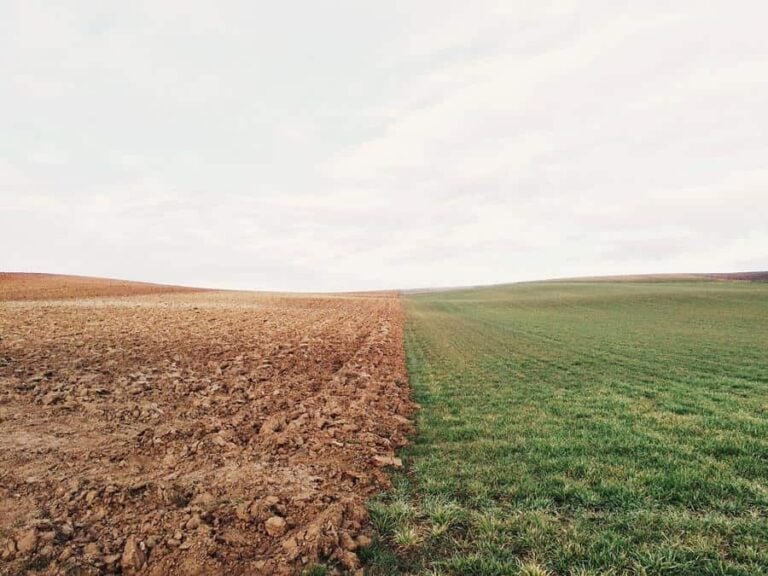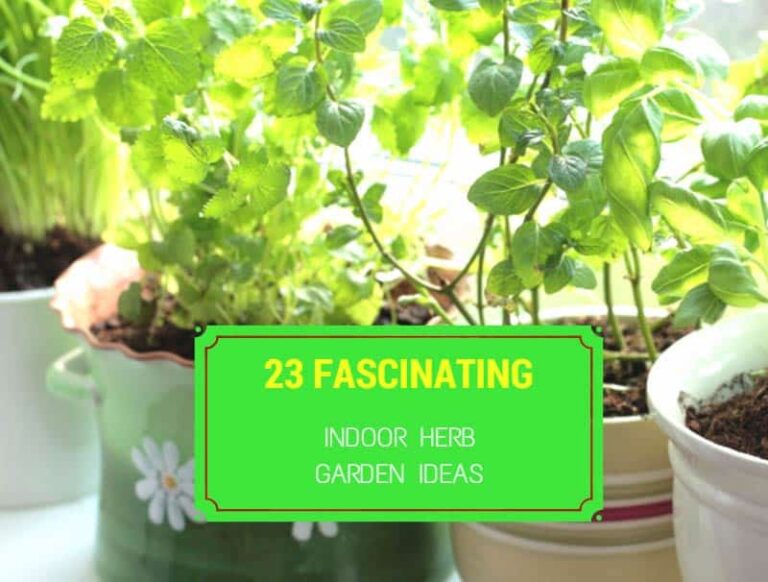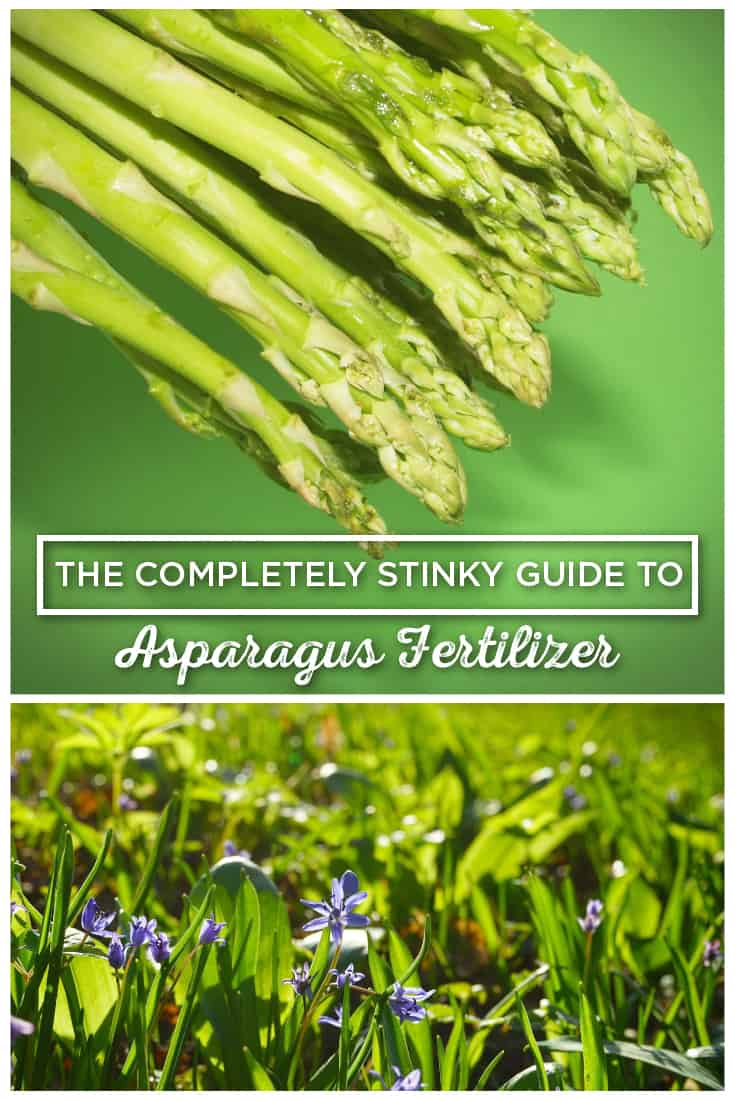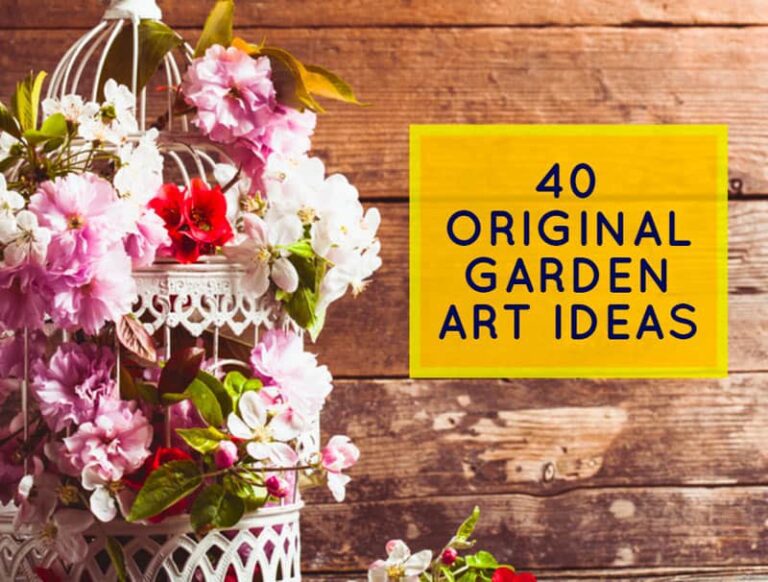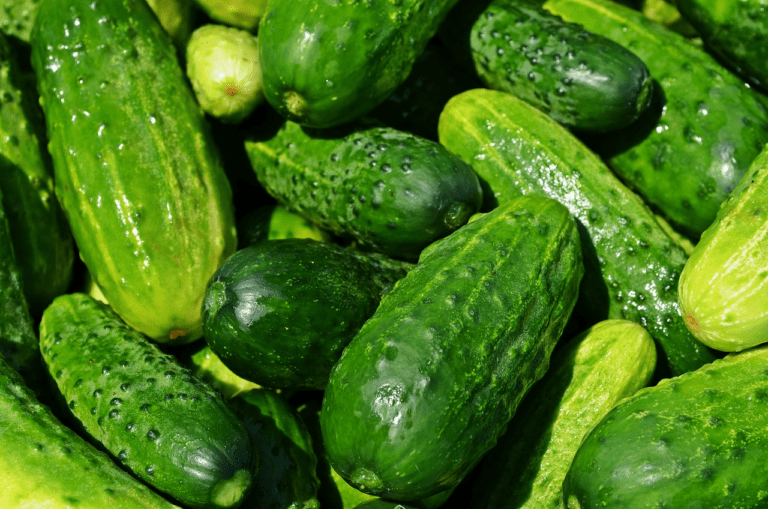Our Tips for Growing Tomatoes Indoors
To grow tomatoes indoors, make sure you choose an assortment of tomato varieties that grow well in pots. Stagger your planting so you have ripening fruit at different intervals for an endless supply all year.
Keep your seedlings in smaller pots until they get large enough to transfer to a permanent spot. Then, provide sufficient heat and light for maximum growth. Keep your plants away from children and pets for safety from toxins in their leaves.
Grow a Variety of Tomatoes Good for Potting
Tomato plants that are typically successful in pots are those without big root systems. Determinate varieties are usually shorter than indeterminate tomato plants and require less space to grow, so they’re good for potting.
Some indeterminate varieties, though, can also be good choices to plant indoors. Choose those that don’t get too high because they can be difficult to support in a pot. Also, look for ones that produce smaller tomatoes, like cherry tomato varieties. These won’t require as much support because they’re lighter weight.
Consider growing a variety of determinate and indeterminate tomatoes so you can have the best of both worlds! Your determinate plants will provide you with fruit more quickly, but their tomatoes will be a bit smaller.
Once these plants die off, your indeterminate plants will kick into high gear and produce larger fruits for a longer time period. This will give you tomatoes throughout the year without worrying about weather and soil conditions from outdoor planting.
Grow Your Plants in Batches
Again, since growing tomatoes indoors means not having to worry about outdoor conditions affecting your plants, you have more leniency when it comes to growing timeframes.
If you want tomatoes to grow for a full year, consider growing your indoor tomato plants in batches. For example, if you are planning on growing six determinate tomato plants, start them within a week or two of each other. Doing this will stagger their growths and will allow you to have fruits from your determinate plants for longer than you would if you planted all six at the same time.

You can do this for indeterminate tomato plants as well, even though they bear fruit longer. Space them out a few weeks apart and you’ll have tomatoes to last all year.
This will also help you cut down on waste! The last thing you want after all your hard work is watching your tomatoes die before you get to use them.
Start Small with Little Maintenance
When you first plant your tomato plant seedlings, start them off in small containers. Find pots that are about three to four inches wide so their roots have enough room to grow. This is when you’ll want to use a starter potting mix and sparingly water them just to where the potting mix is moist. At this point, they’ll need a small amount of heat. Sitting them on top of the refrigerator is perfect.
Starting your tomato plants in small containers allows their root systems to develop strongly. Only once the seedlings have grown to about three inches tall should you move them to their permanent, larger pots so their roots have more room to grow.
Find a Good Heat and Light Source
After your seedlings have germinated, they’ve grown out of the refrigerator-heat phase. This usually happens about five to ten days after you plant them. Now it’s time to find a good source of heat and light for them to grow properly indoors.
If your home has safe places to store your tomato plants that get plenty of natural light, these would be the best place to keep your potted plants once they germinate. But, if you’re growing your tomato plants indoors in the winter, keeping them near a window may be fatal. Windows often produce drafts in the winter that can damage, or kill, your plants.
Make sure that, wherever you place your tomato plants, they’re kept in a consistent temperature of at least 65 degrees Fahrenheit. You will see the best growth and fruit production from your tomato plants in temperatures between 75 and 85 degrees Fahrenheit.
If you live in a cold-winter region and want to grow tomatoes all year, you should consider investing in grow lights for your tomato plants. There are several types of grow lights you can choose from, like LED and fluorescent, but all of them can help provide the light and heat that your tomato plants need to thrive.
This video from Indoor Gardening and Aquaponics xplains the importance of a grow light when you do not have ample heat or lighting in your home to grow tomatoes. This can also come in handy when growing tomatoes indoors in the winter, when heat and light aren’t as available.
Keep Them Away from Pets and Children
When you grow tomato plants outdoors, you have to keep them pest-free so they don’t get damaged by insects or rodents. Indoors, you need to keep them pet and child-free! Not only can pets and children damage your tomato plants, but more importantly, pets and children can become extremely sick from eating the leaves.
Not all tomato plants are toxic, but many varieties have leaves that are toxic to humans and animals. When you grow tomato plants indoors rather than outdoors or in a greenhouse, you run the risk of tiny hands or paws getting into your plants.
The toxins in the leaves can cause severe digestive issues in pets or, more severely, seizures and tremors. Children may have more mild symptoms, like vomiting and diarrhea, but should still avoid the tomato plant leaves and stems.
When growing tomatoes indoors, consider growing them in a location that can be closed from the rest of the home, like a guest room. You can also use an ultrasonic noise device that sounds when motion is detected near your tomatoes to scare off cats and dogs. If you have young children, use a baby gate to keep the area blocked off.
You May Also Read – Growing Cardamom
Photo Credits
Photo by Tomwsulcer licensed under CC0 1.0.

